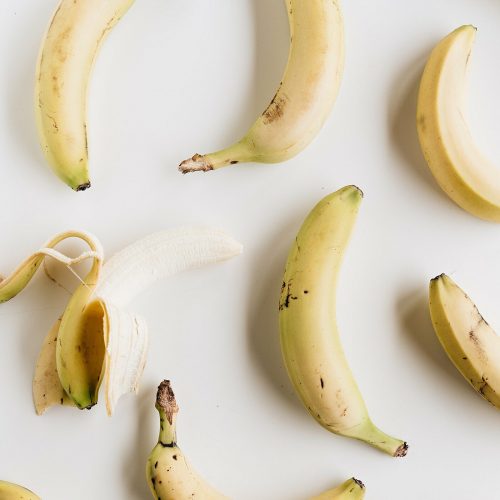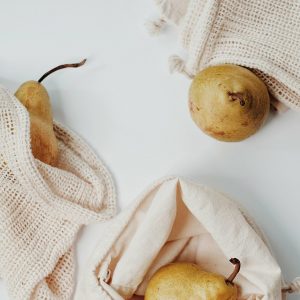Learning to eat the seasons is one of the best ways that you can connect with your local food system, but also improve the variety of your whole families diet!
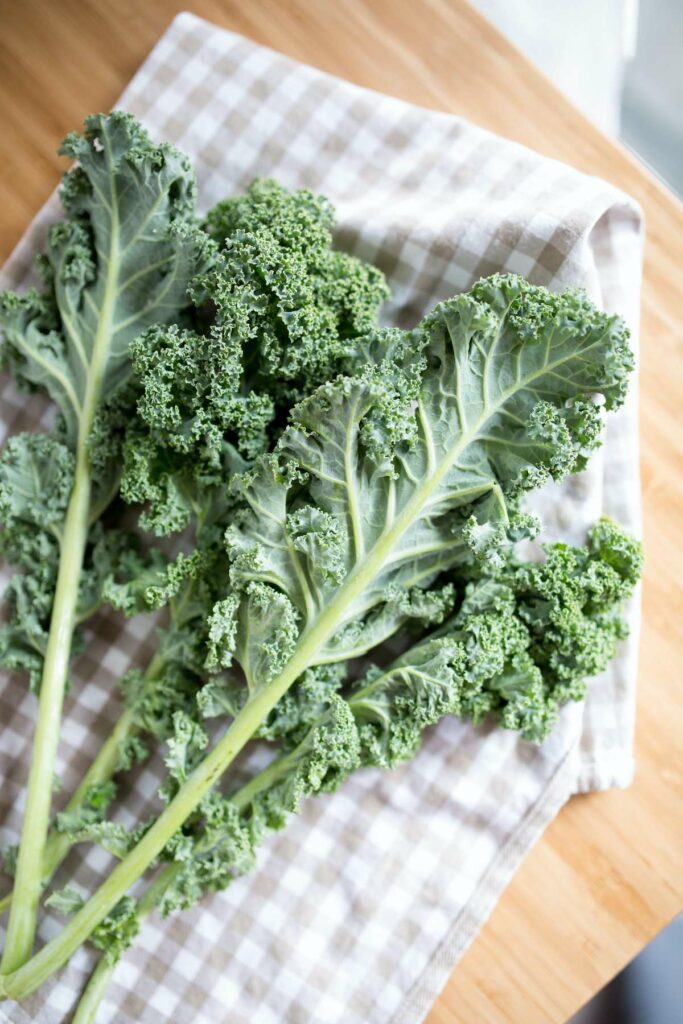
Why You Should Eat The Seasons
There are so many reasons to eat the seasons from expanding your diet, to connecting more with where your food comes from and how it is grown, to tuning into what your body really craves during different seasons of the year. But my favorite reason for eating with the seasons is that seasonal food just tastes better.
Ever bit into a tomato in the dead of winter only to realize that it is basically tasteless? When we grow our food out of season, pick it before it is ripe, and then ship it thousands of miles away the nutritional density and the taste of our food suffers. Not to mention all the waste and energy required to make sure that we can have our avocados, tomatoes, and berries 365 days of the year.
For our family, once we started introducing our daughter to solids, I knew that I wanted her to be introduced to many different types of foods and also experience what foods should taste like when they are in season. This focus on eating with the seasons I personally believe has been a big part of why she seems to have such a varied acceptance for most of the seasonal foods we give her.
So for parents trying to encourage positive relationships with food in your family, learning how to eat the seasons may be a great place to begin and something that changes the way your own family eats in the process.
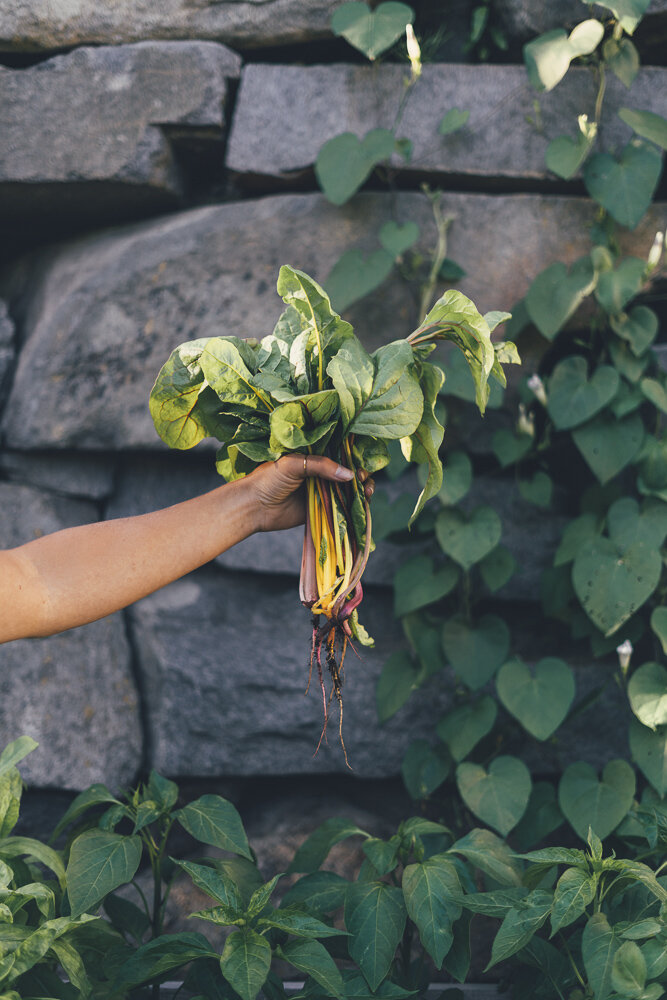
Where Does Your Food Come From?
The next time you are at the grocery store take note of where everything that you put in your cart came from. Where was it grown?
You only have to do this once to realize that you just had an around the world experience just by shopping at your local grocery store. That’s kind of amazing, and also a simple example of how closely tied our global food system is to our desire for convenience and abundance, often times at the expense of taste, nutrition, and our environment.
What bothers me the most about our global food system is that we have no real attachment or appreciation for it. It also isn’t feeding us the best tasting, highest quality food because it is being picked, shipped, and processed thousands of miles away only to then sit at our groceries stores waiting for us to finally choose it.
No wonder so many kids and adults don’t like conventionally grown vegetables from half way around the world — they don’t taste good!
This is why I love encouraging more people to learn how to eat the seasons — it tastes better, it’s healthier, it’s better for our planet.
Eating with the seasons also doesn’t mean that you can’t enjoy foods, spices, teas, coffee, etc. from around the world — in fact I encourage you to. Instead it means that these global food items should become the supplemental, special pieces of your food, not the main attraction.
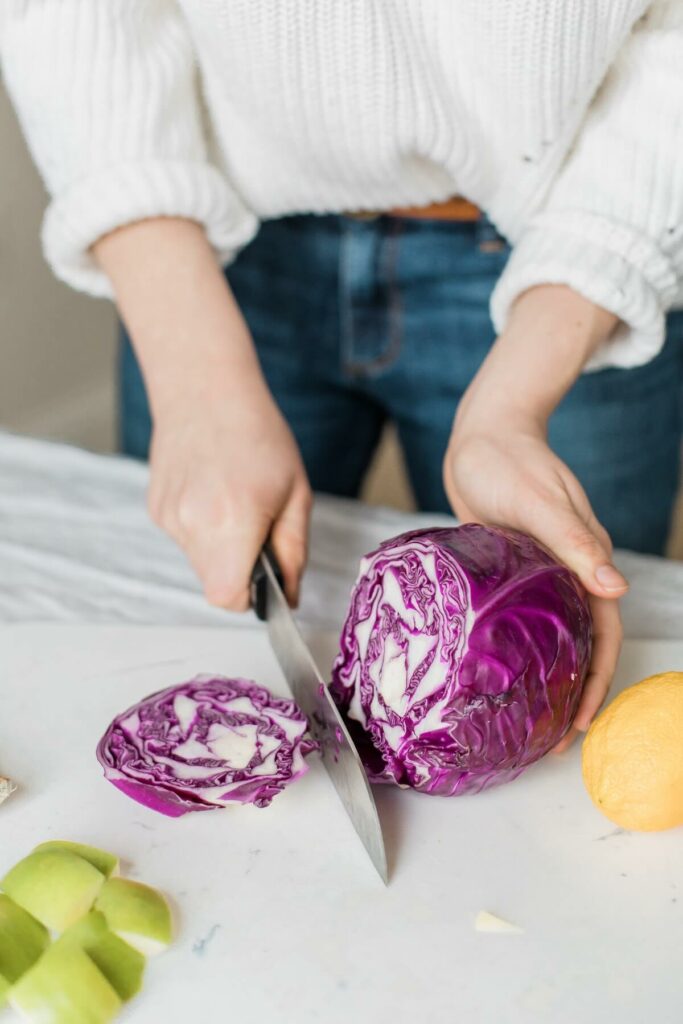
Eat The Seasons: 5 Simple Steps To Eating With The Seasons
The key to eating seasonally and locally all year long if you live in a climate with four distinct seasons is planning. Without some planning and preparation you honestly will be lucky to get to December before you are leaning heavily on foods grown half way around the world.
But where do you begin? While every family’s needs are going to be different the way you plan and prep for seasonal/local eating year round will be the same.
When you first go down the road to seasonal, local eating year round you most likely will feel a little overwhelmed, that is entirely okay. Which is also why I want to remind you that for most people this lifestyle change will take years and years to really get the hang of, so just start and don’t let feelings of overwhelm keep you from pushing forward because the end outcome is so very rewarding.
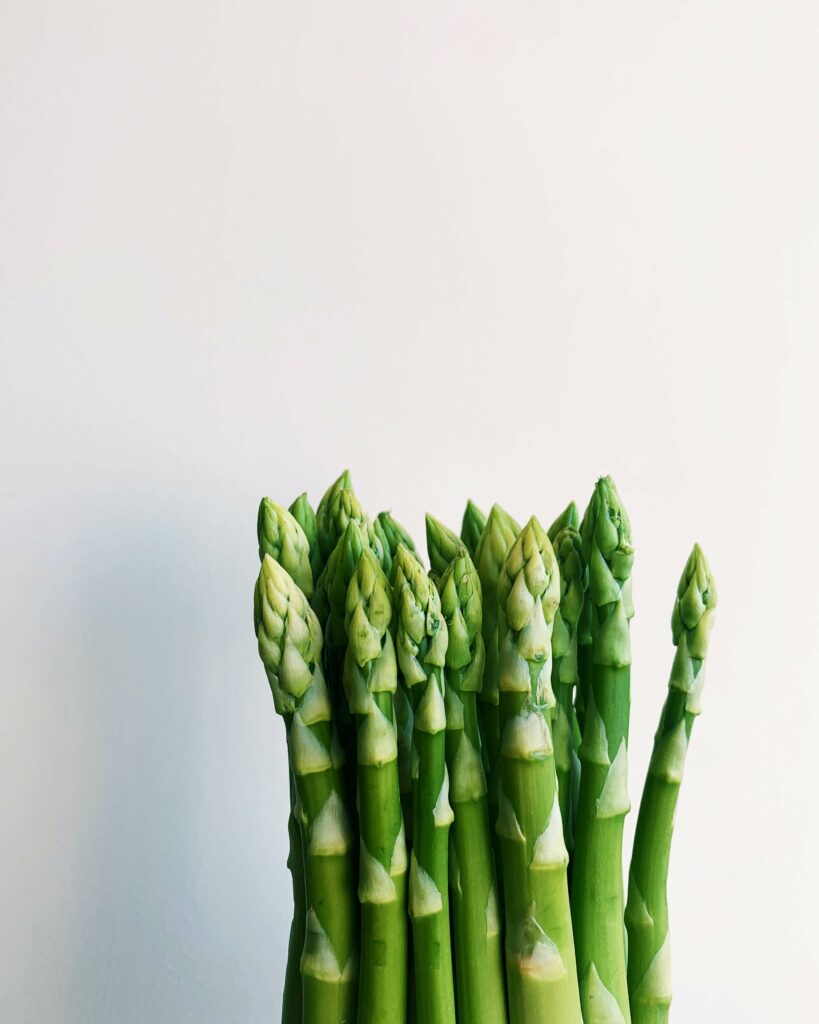
Step One: Learn How To Eat The Seasons Locally
Having a seasonal food list at your disposal is going to make planning for seasonal local eating so much easier. My favorite tool (if you live in the USA) is the Seasonal Food Guide, which is an online tool that allows you to choose your state and the time of year and it will tell you what is in season.
I use this all the time even during the summer to get a better understanding for what should be available at the farmers markets, and how I can plan my meals for our family. With time you start to know what foods are in season when, but for those just getting started this is a great tool.
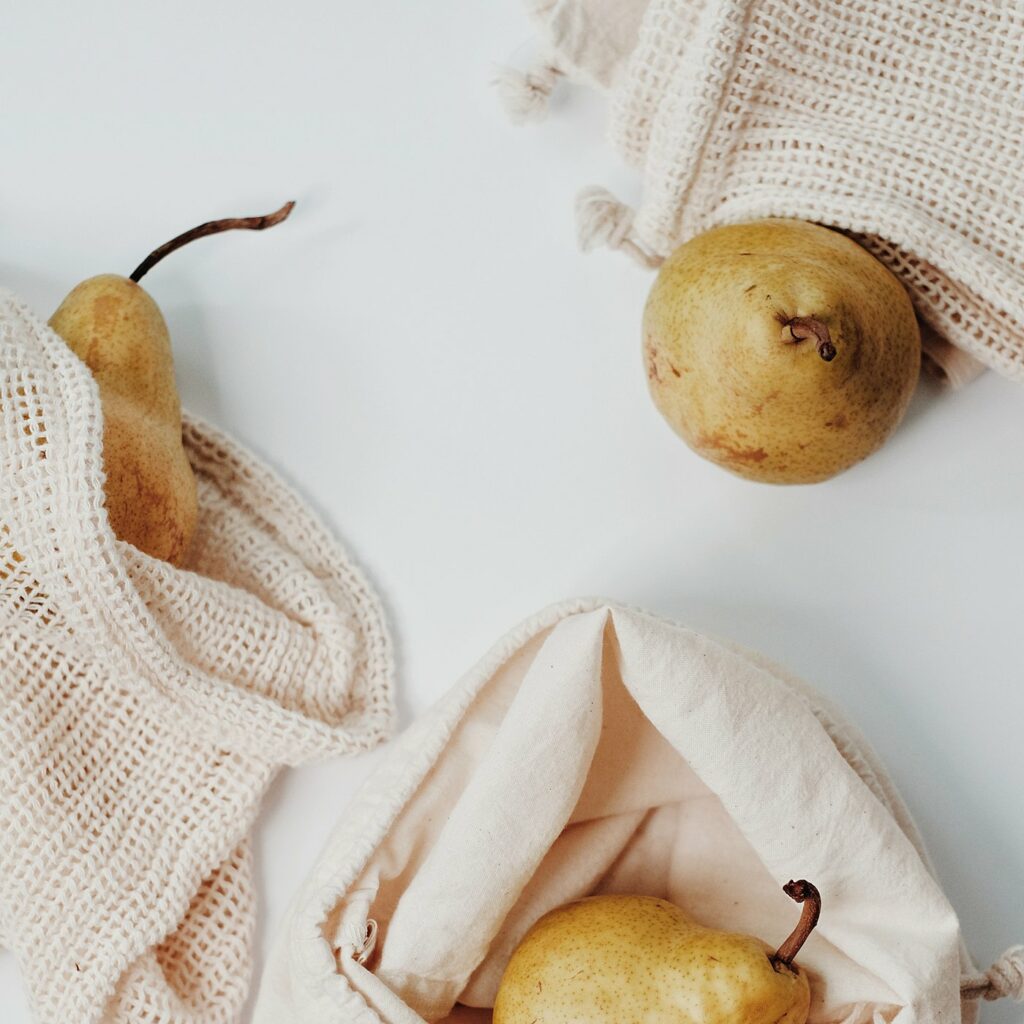
Step Two: Make A Seasonal Food List
Now with the use of a seasonal food planning tool like the one above it is time to make a seasonal food list. I encourage you to sit down with a journal that will become your “Seasonal Food Journal” and go month by month, writing out what is in season for your state/region.
Once you have this list I want you to observe when the foods you most commonly eat are in season, and what other alternatives there may be for them that does not include buying the same few fruits and vegetables out of season all year round. Instead I want you to think about the different ways you can prep and store the summer foods you love, while getting more creative with the foods you enjoy in the winter.
If there are some seasonal foods on your food list that you would like to eat throughout the year (for us it is tomatoes, berries, and some other fruits) you are going to have to find a way of storing them. This is where canning, freezing, and pickling can really come in handy and can help increase the variety of foods you consume in the winter months.
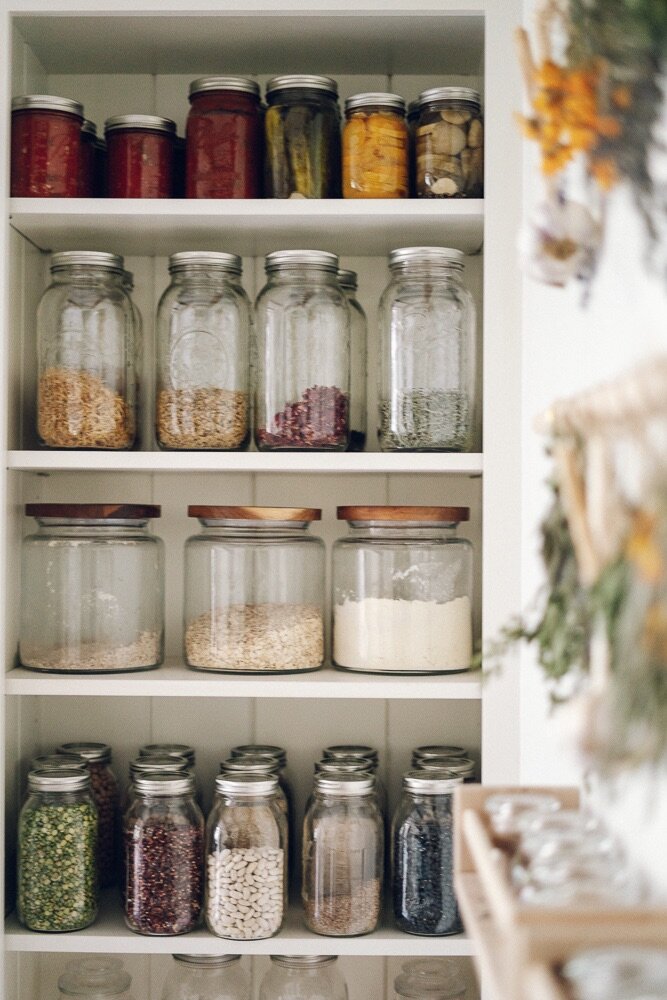
Step Three: Prep To Eat The Seasons Ahead Of You
If you are going to eat seasonally and locally all year long then you have to start thinking ahead. While I know that this can be really hard for some people it also is incredibly rewarding (and a great way to save money long-term).
Prepping and preparing for winter and spring seasonal eating begins in the summer and fall. This is the time of year when most peoples favorite produce items are in season and most abundant — it is also when they will be the cheapest since they are in season.
Take your seasonal food list and make a note of when certain items are in season that you would like to prep and store for the months ahead. Remember that you most likely will consume them in a different form, but that is part of the fun. Instead of buying basil in the winter you could prep fresh basil in the summer for pesto, blend it alone and freeze it for soups, or dry it for easy seasoning.
Everyone is going to have a different list of foods that they like to buy and prep for the seasons ahead but to give you some ideas I have listed a few below. I also would recommend buying this Canning Book that is a great place to begin when it comes to canning and food storage.
Examples For Seasonal Food Storage:
- Freeze Strawberries, Blackberries, and Blueberries
- Freeze or Can Crushed Tomatoes
- Freeze or Can Homemade Tomato Sauce
- Freeze or Can Homemade Broth
- Freeze or Can Roasted Tomatoes For Soups
- Can Fresh Homemade Salsa
- Pickle Cucumbers, Green Beans, and Beets
- Can Peaches and Pears
- Can Homemade Apple Sauce
- Freeze Basil Cubes
- Freeze Homemade Pesto
- Buy Fish In Season And Freeze
- Buy Local Meat In Bulk And Freeze

Step Four: Buy In Bulk & Practice Food Storage
Now that you know what foods you want to prep for storing it’s time you learn the art of buying and processing in bulk. Prepping food (especially things like homemade sauce) take time and you really want to do as much as you can at one time.
My best advice is to make a list of what you want to prep for food storage and buy as much as you can at one time. For instance we usually buy the berries we will eat all winter in two trips to the farmers market. This way we can buy, prep, and store them in one-two big hauls and they are good to go for winter eating.
It also is important to learn good food storage practices since many foods like apples, cabbage, onions, scallions, squash, and many other root vegetables can be stored for months as long as they are kept in a cool dark place.
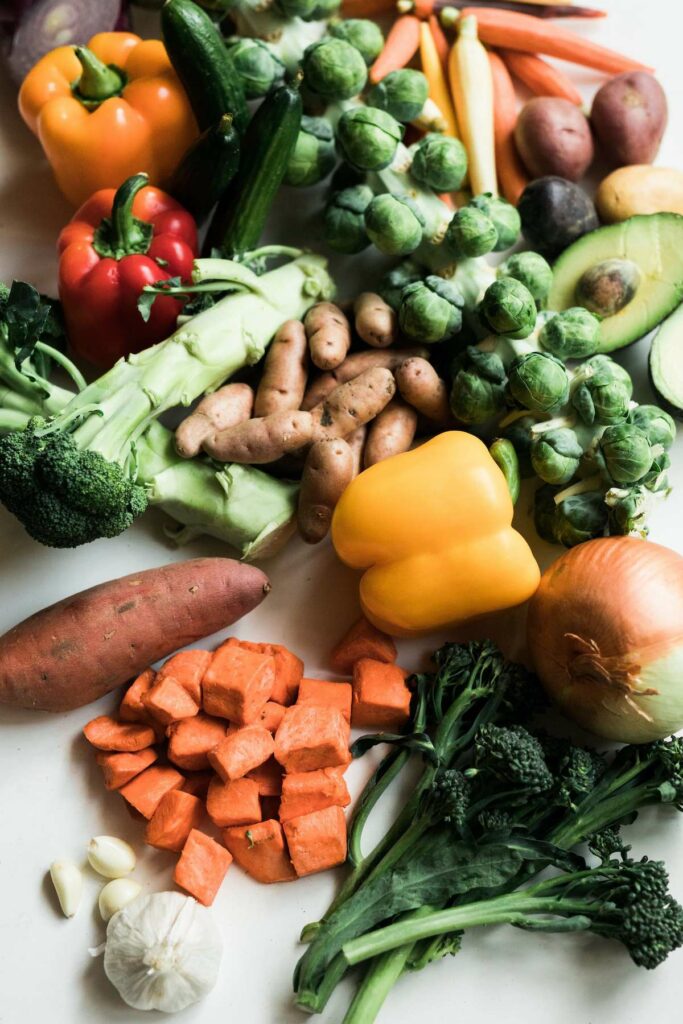
Step Five: Expand The Foods You Eat
Most people only eat 10 different fruits and vegetables on a weekly basis, but if you are going to eat the seasons you are going to need to expand the foods you choose to eat.
Kale and cabbage are great alternatives to spinach or lettuce in the winter (most winter farm shares will have them throughout the winter).
Frozen berries are a perfect substitute for fresh berries, and apples are a seasonal fruit that can easily be stored throughout the winter.
When it comes to winter salads skip the tomatoes and cucumber and opt for roasted root vegetables mixed with a whole grain like quinoa and chopped kale. These warm salads are my go-to in the cold winter months and are much more inline with my cravings than a raw, cold salad when it’s cold outside.
And if you are really craving a fresh tomato, opt for ones that have been grown in greenhouses within your region.
With these five tips in mind you will be well on your way to eating more locally and seasonally this year, and I promise the more you commit to this lifestyle the easier it will become to plan ahead — your body, community, and the planet will thank you for it.






